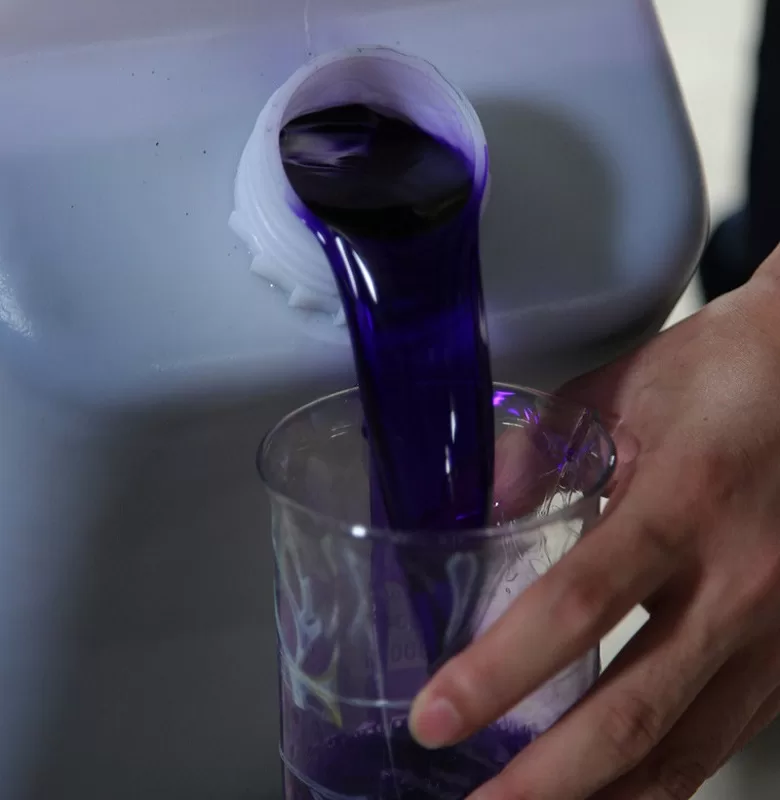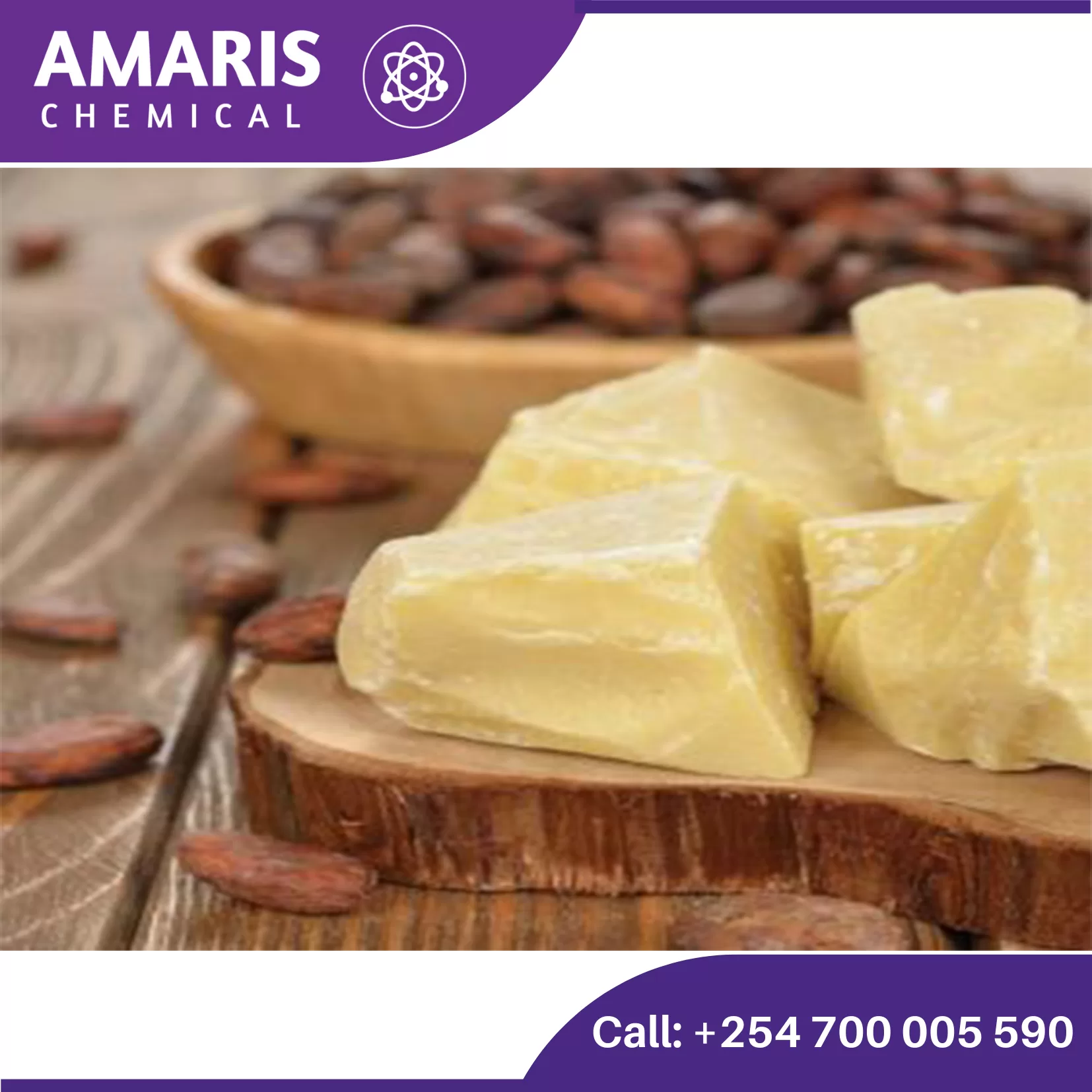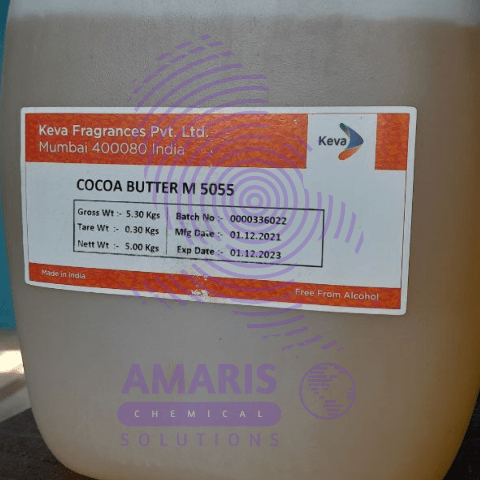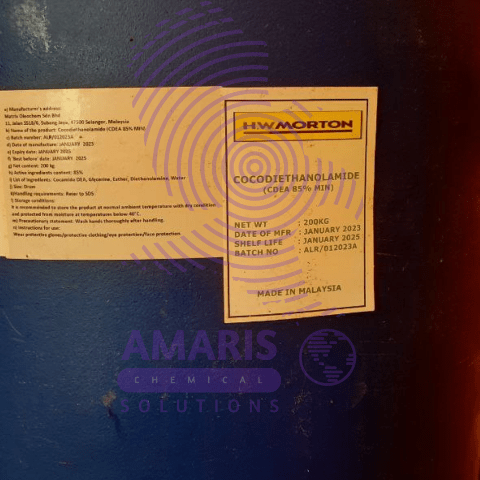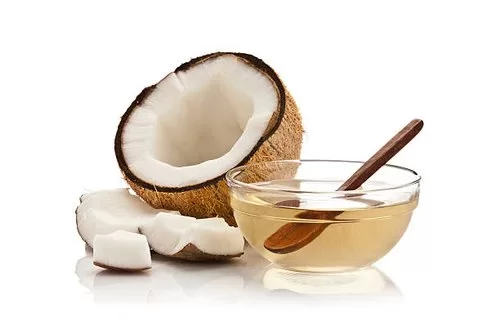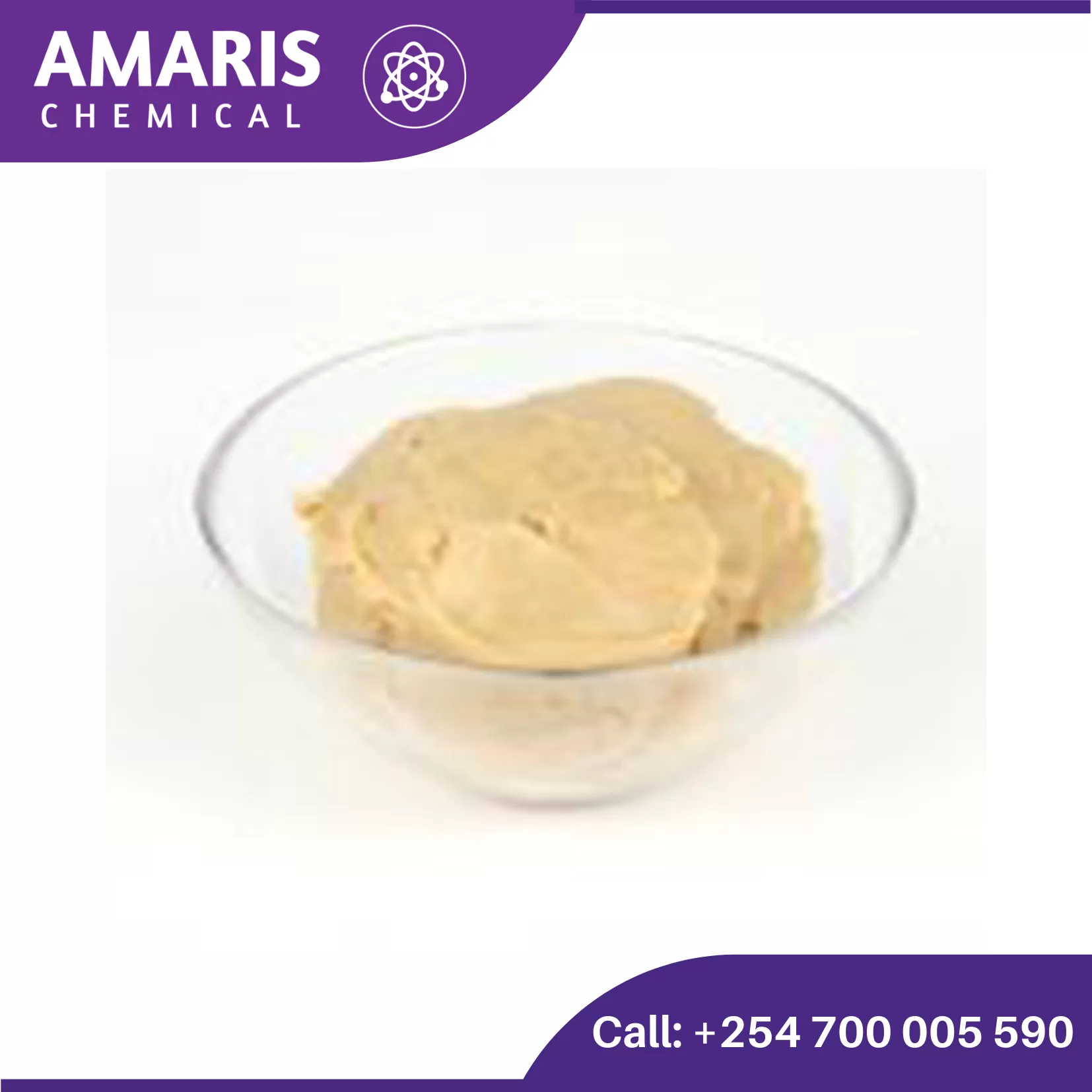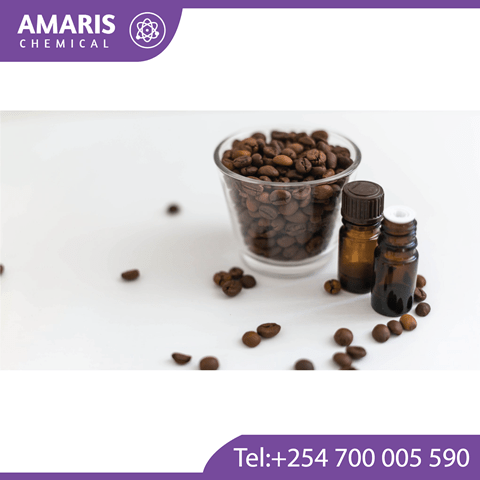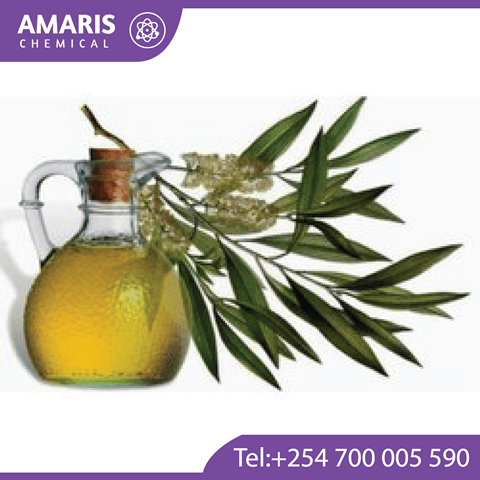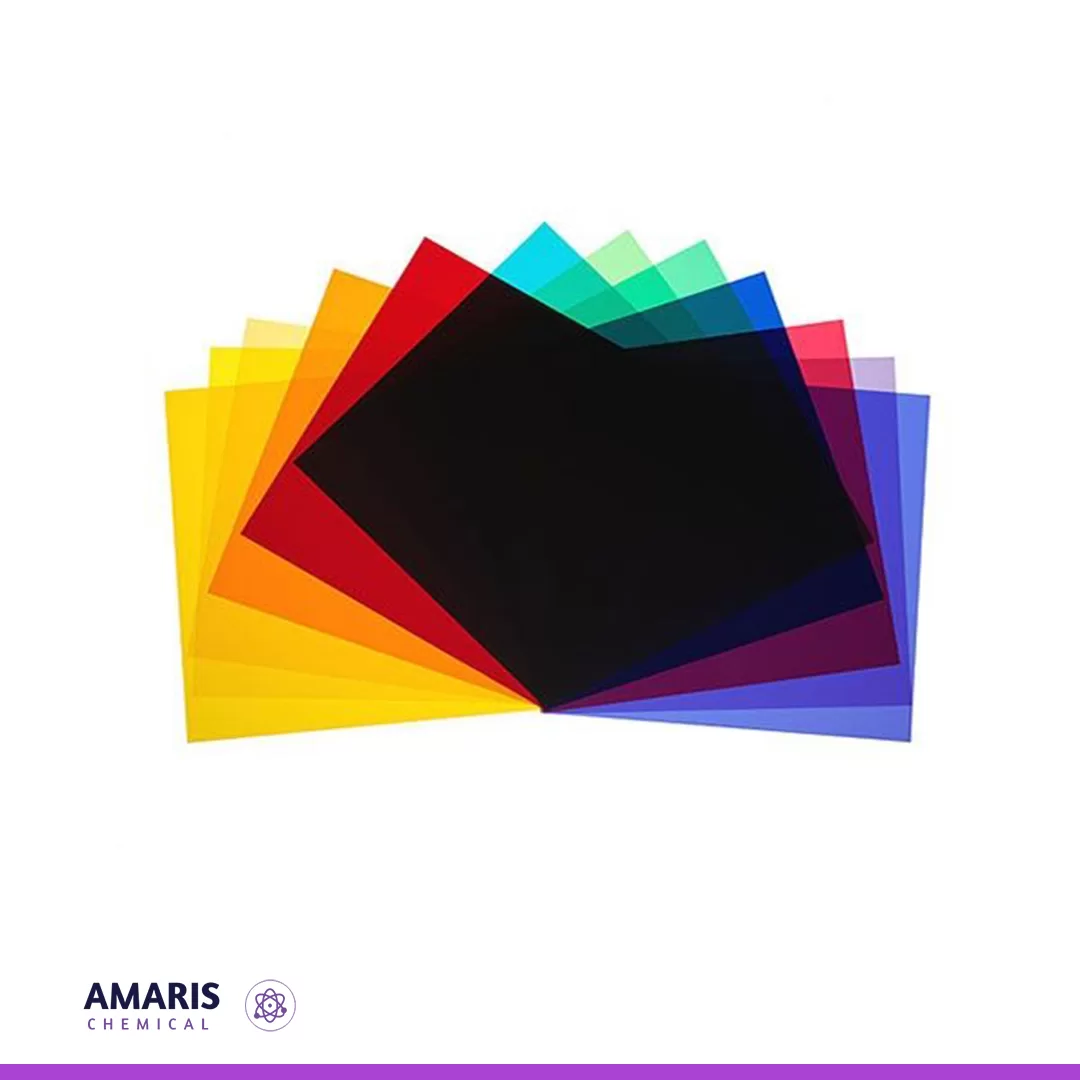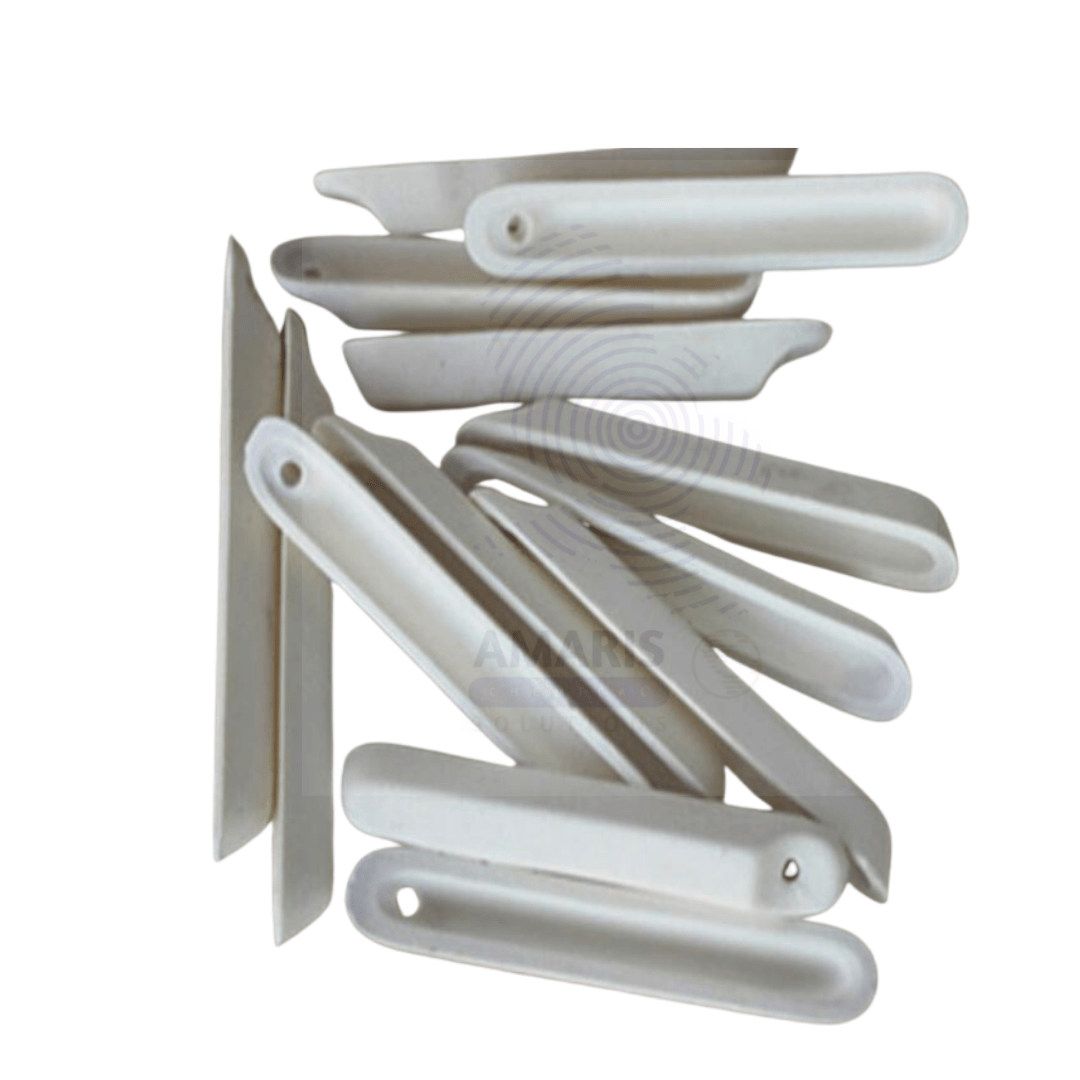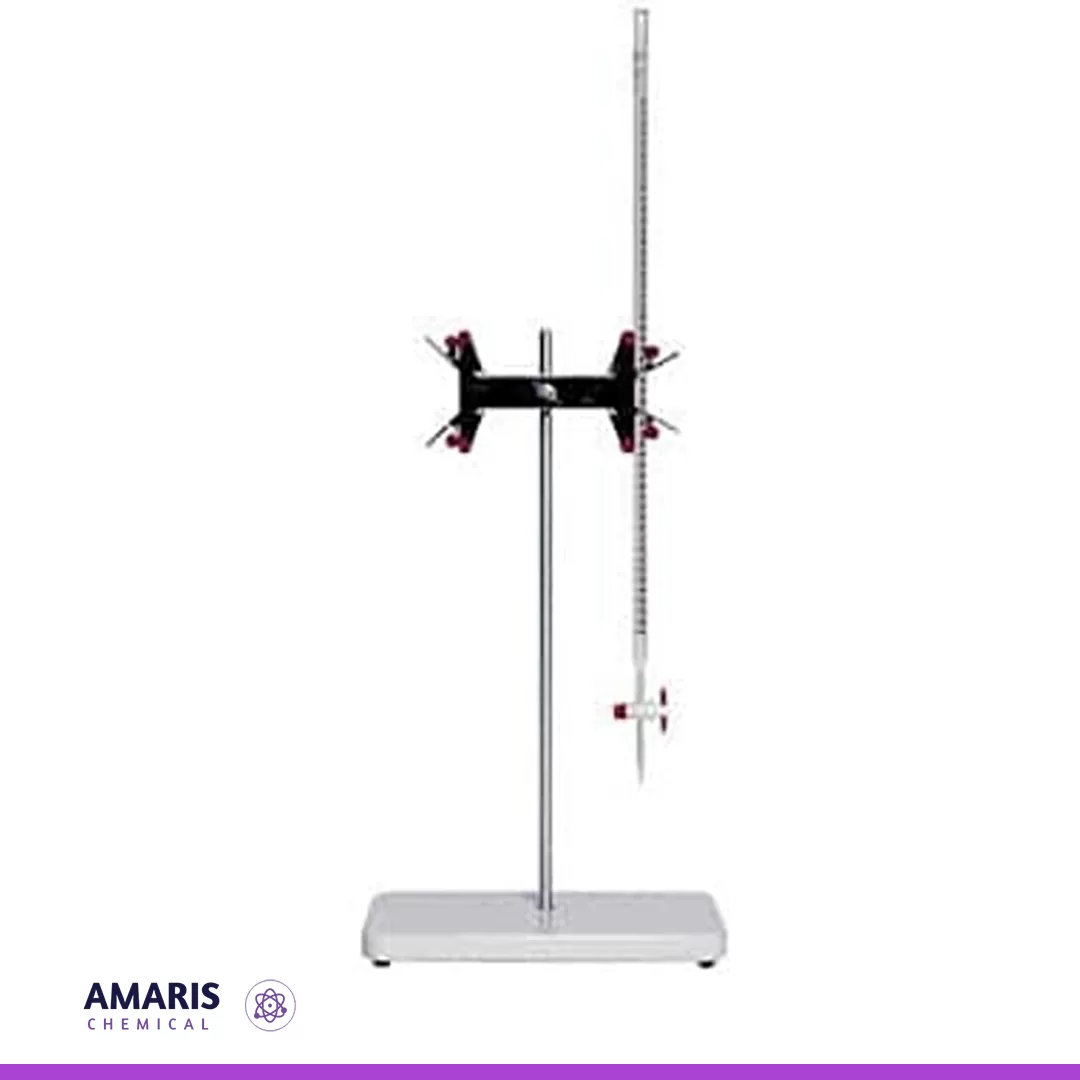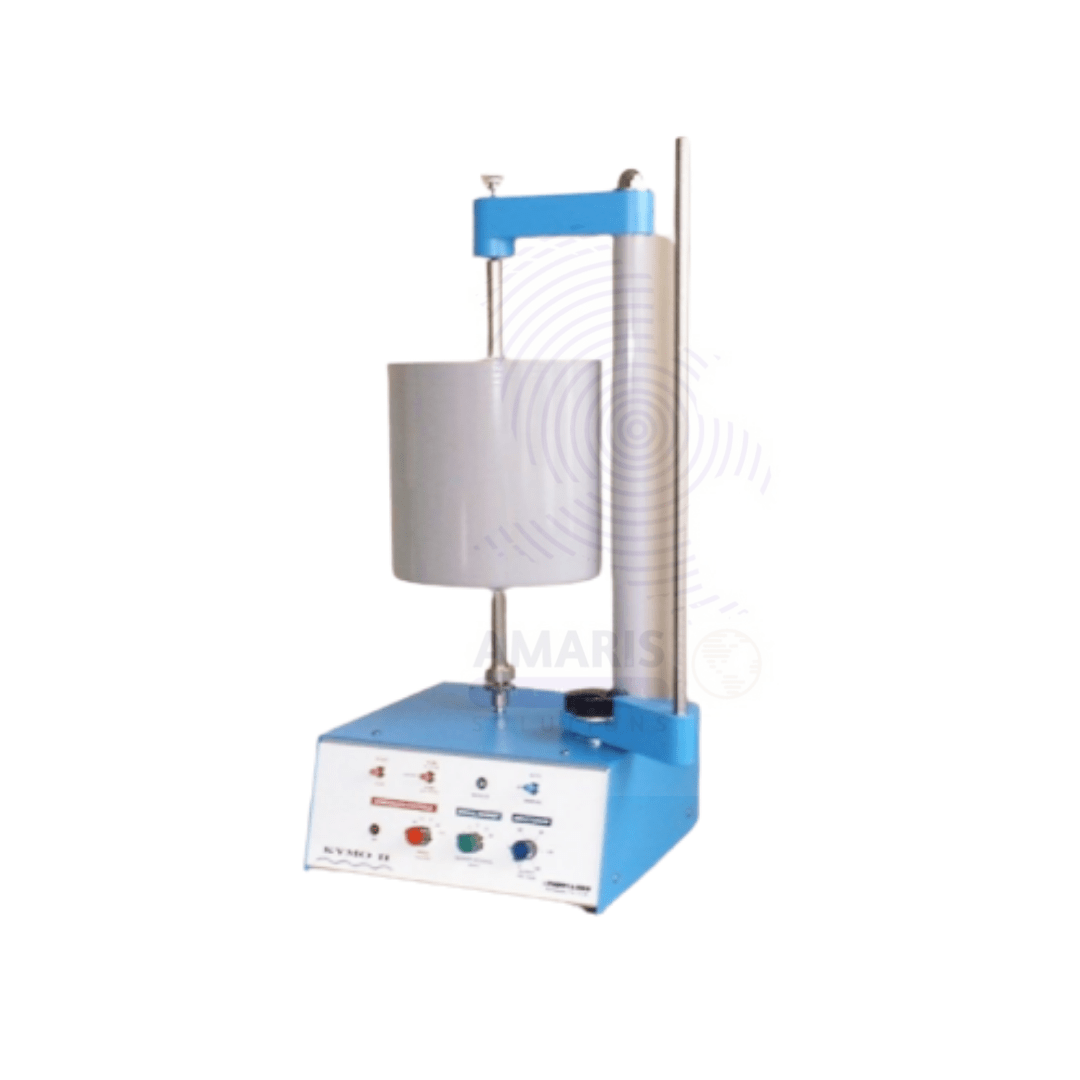Cobalt Octoate 10% 200kg Drum
Cobalt octoate is a chemical compound that consists of cobalt ions (Co2+) bound to octoate ions (also known as octanoate ions, C8H15O2-). It is often used as a catalyst in various chemical reactions, particularly those involving the curing of unsaturated polyester resins and the polymerization of vinyl chloride. Cobalt octoate can also be used in the production of coatings, adhesives, and inks.
In its pure form, cobalt octoate appears as a dark blue liquid with a characteristic odor. It is soluble in a variety of organic solvents and is typically sold as a solution in mineral spirits or other solvents. The concentration of cobalt octoate in these solutions can vary depending on the intended use, with concentrations typically ranging from 1% to 12%.
Cocoa Butter
Cocoa butter refers to the edible vegetable fat that is extracted from the cocoa bean, which is the primary ingredient in chocolate production. It is a pale-yellow, solid fat with a smooth texture and a mild, pleasant aroma of cocoa. Cocoa butter is unique in its composition, as it contains a high proportion of saturated fats, monounsaturated fats, and polyunsaturated fats. It has a low melting point, allowing it to melt quickly upon contact with the skin.
Cocoa butter is widely used in the food industry for its smoothness, flavor, and ability to give chocolate its characteristic melt-in-your-mouth quality. It is also a popular ingredient in various cosmetic and skincare products due to its moisturizing and nourishing properties. Cocoa butter is known for its ability to hydrate and soften the skin, making it a common ingredient in lotions, creams, lip balms, and soaps.
In summary, cocoa butter is a natural fat derived from cocoa beans and is renowned for its use in chocolate production, as well as its application in skincare and cosmetic products.
Cocoa butter Fragrance oil 5kg
Fragrance oils are a mixture of various chemical components. Some of the components are natural, from animals or plants, and some are synthetic. Different fragrances can convey abstract concepts and moods. Cocoa butter fragrance oil can be applied in products such as soaps, scented candles, shampoos, lotion and vaporizers just to mention a few.
CocoDiethanolamide CDEA
Cocamide DEA (CDEA), also known as cocodiethanolamide, is a type of non-ionic surfactant derived from coconut oil. It is commonly used as a foaming agent, emulsifier, and viscosity builder in various personal care and household cleaning products, such as shampoos, bath gels, liquid soaps, and detergents. CDEA is valued for its ability to enhance the performance of other ingredients in a formula, as well as its mildness on the skin and hair
Coffee Butter
Coffee butter is a creamy, spreadable substance made from coffee beans or coffee oil that resembles traditional butter in texture and consistency. It is typically produced by combining coffee extract or coffee-infused oil with a solid fat, such as coconut oil or cocoa butter, through a process called emulsification. The resulting coffee butter often retains the aroma and flavor of coffee, making it a popular ingredient in culinary applications and beauty products. It can be used as a spread, added to baked goods, incorporated into desserts, or utilized in skincare formulations for its potential moisturizing and antioxidant properties.
Color Filters
Combustion Boat
A combustion boat is a small, boat-shaped laboratory apparatus typically made of ceramic or another heat-resistant material. It is used to hold and combust solid or liquid samples in a controlled environment, allowing for precise measurement of the substances released during combustion, such as ash, gases, or residue. Combustion boats are commonly employed in analytical chemistry to determine the composition and elemental content of various samples through combustion and subsequent analysis of the combustion products.
complete kymograph equipment
A complete kymograph equipment typically includes:
- Kymograph Drum: The central component, usually made of metal or plastic, which rotates at a constant speed. It has a surface where paper or film can be attached for recording physiological data.
- Clockwork Mechanism: This regulates the rotation of the drum at a constant speed. Modern versions may use electric motors for rotation.
- Recording Mechanism: It could be a stylus or pen attached to a lever arm, which translates physiological changes into a graphical representation on the rotating drum. Alternatively, modern kymographs may use digital sensors for data acquisition.
- Mounting Stand: A stable platform to support the kymograph apparatus.
- Pulley System: This connects the drum to the clockwork mechanism, ensuring smooth and consistent rotation.
- Paper or Film: The recording surface where physiological events are transcribed. It may be attached to the drum using clips or adhesives.
- Ink or Pen: If using a stylus, ink or pen is required to make marks on the recording surface.
- Adjustment Controls: These allow fine-tuning of the drum's rotation speed and the sensitivity of the recording mechanism.
- Light Source: In some setups, a light source is positioned to enhance visibility of the recorded data, especially in dark environments.
- Supporting Software or Analysis Tools: For modern digital kymographs, software may be needed to analyze the recorded data.
- Optional Accessories: These may include additional sensors for measuring specific physiological parameters, such as temperature, pressure, or electrical signals.
- Instruction Manual: Essential for understanding the setup, operation, and maintenance of the kymograph equipment.










